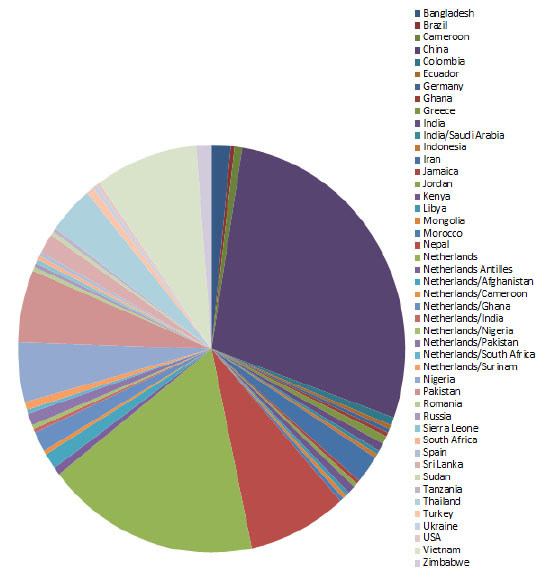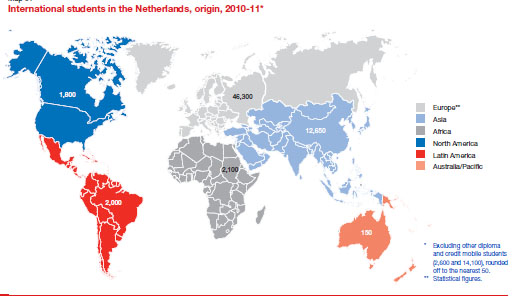Wittenborg Online News!
Dutch Government Confirms Value of International Migrants
Dutch Government Confirms Value of International Migrants
Dutch Government confirms that international migrants give a positive impulse to the Dutch economy and culture. Minister Leers of Immigration indicated yesterday in The Hague that the Dutch government sees highly qualified knowledge migrants as essential for the Dutch economy. He stated that migrants bring innovative ideas and new insights to the Netherlands.
Truly International Higher Education

Of course, not all international students will continue their careers in the Netherlands, the majority leave to start their careers in their home country, or often in other countries, around the world. However, the true international environment those students will find in Holland places them in good stead to bring innovation to economies around the world.
Wittenborg University of Applied Sciences is renowned for its international mix of students and staff, who together represent more than 50 different nationalities, 5 continents and many different languages and cultures. (46 nationalities of students in table left). English is the main language spoken at Wittenborg, both in and out of the classroom.
International students in the Netherlands
According to the Nuffic (the number of international students who are in the Netherlands to obtain either a higher education diploma or credits (credit mobile students) on the basis of highly divergent sources of information, can only be estimated.
If the inbound flow of credit mobile students is 85% of the outbound group the entire group may comprise 81,700 students. This therefore accounts for approximately 59,200 international students who are in the Netherlands for the purpose of obtaining a diploma and 22,500 incoming credit mobile students.
With respect to the first group of 59,200 students, the Nuffic has derived information from their registrations in government accredited higher education and from student residence permit records. The latter applies to students from outside EU and EFTA countries. These concern a total of almost 56,600 students (non-EU).
With respect to the second group of 22,500 students, these are students registered through participation in the European Erasmus Programme and student trainee residence permit records.
This applies to 8,400 students. This takes the total number of international students about whom a larger amount of information is available to 65,000 (56,600 plus 8,400). Inbound mobility is rising compared with the same group in previous academic years

378 words